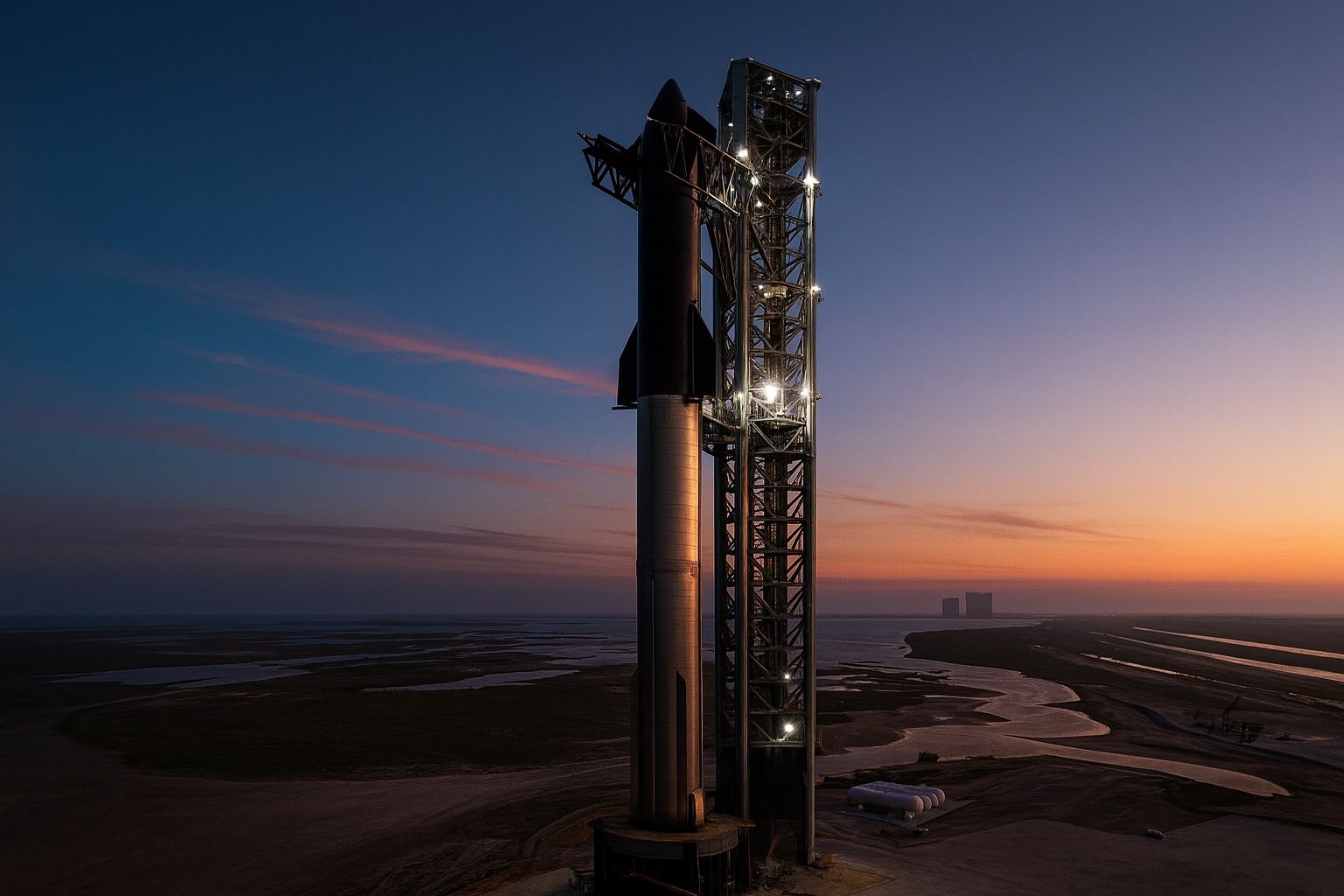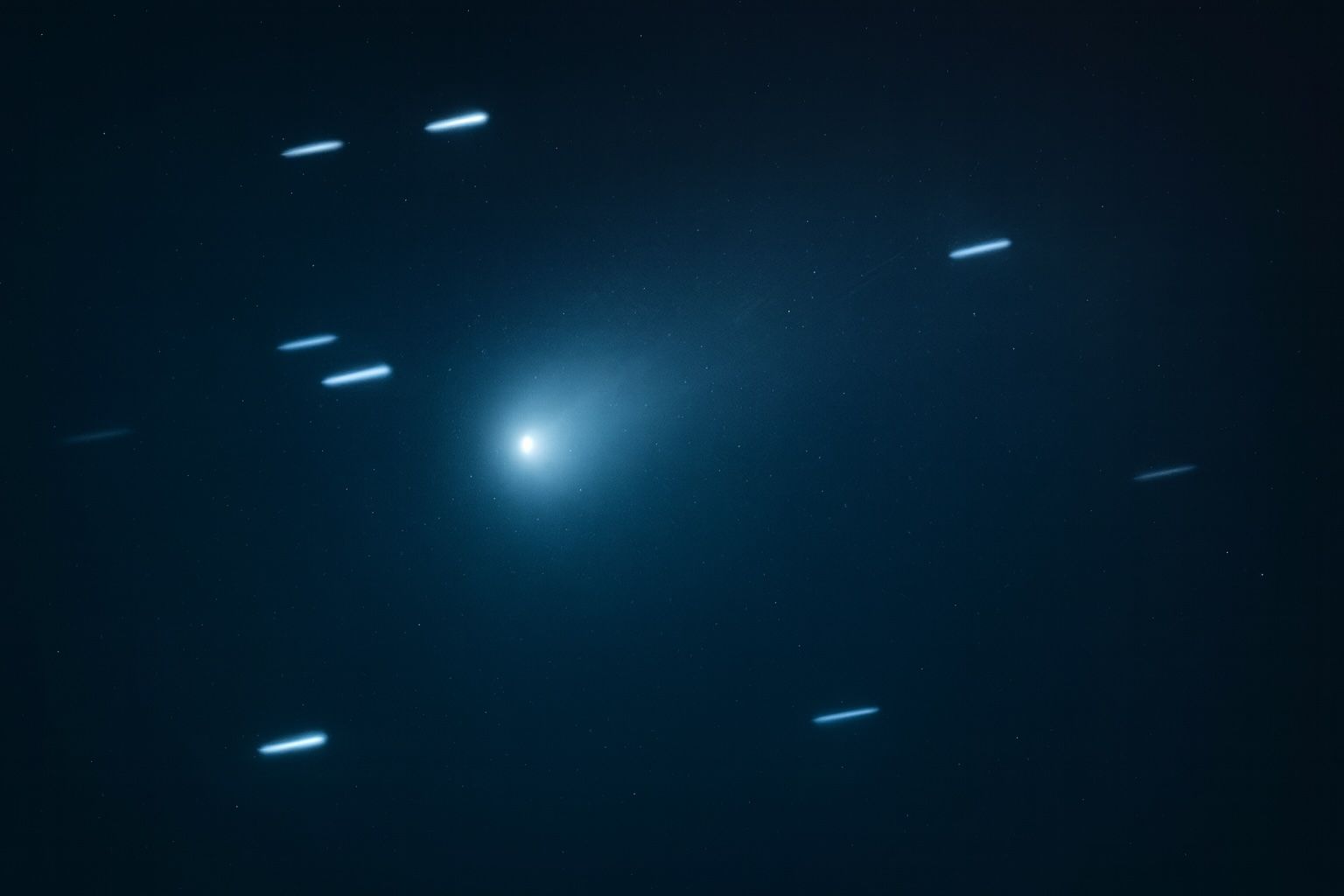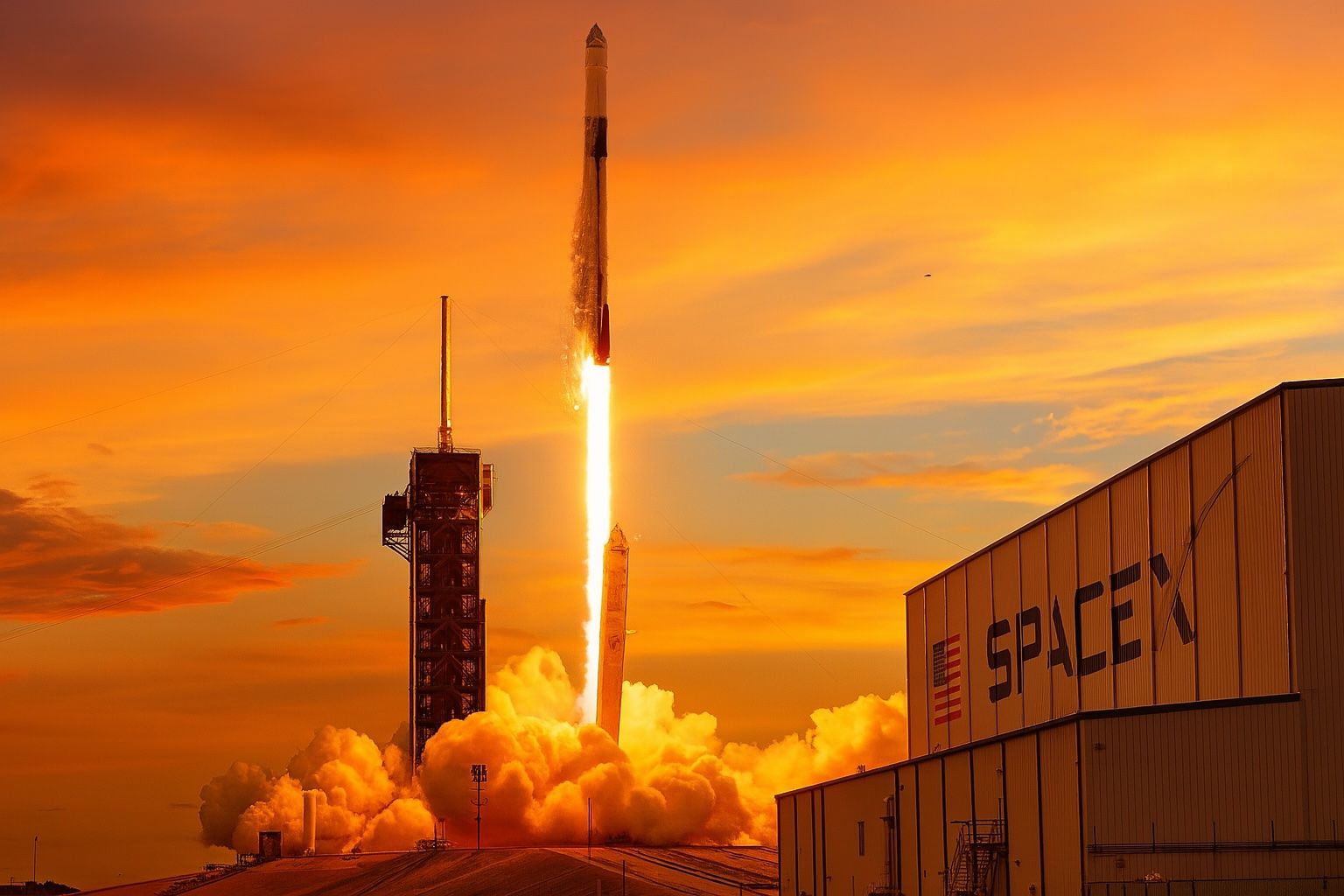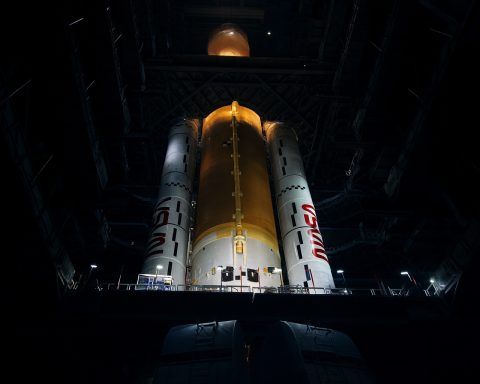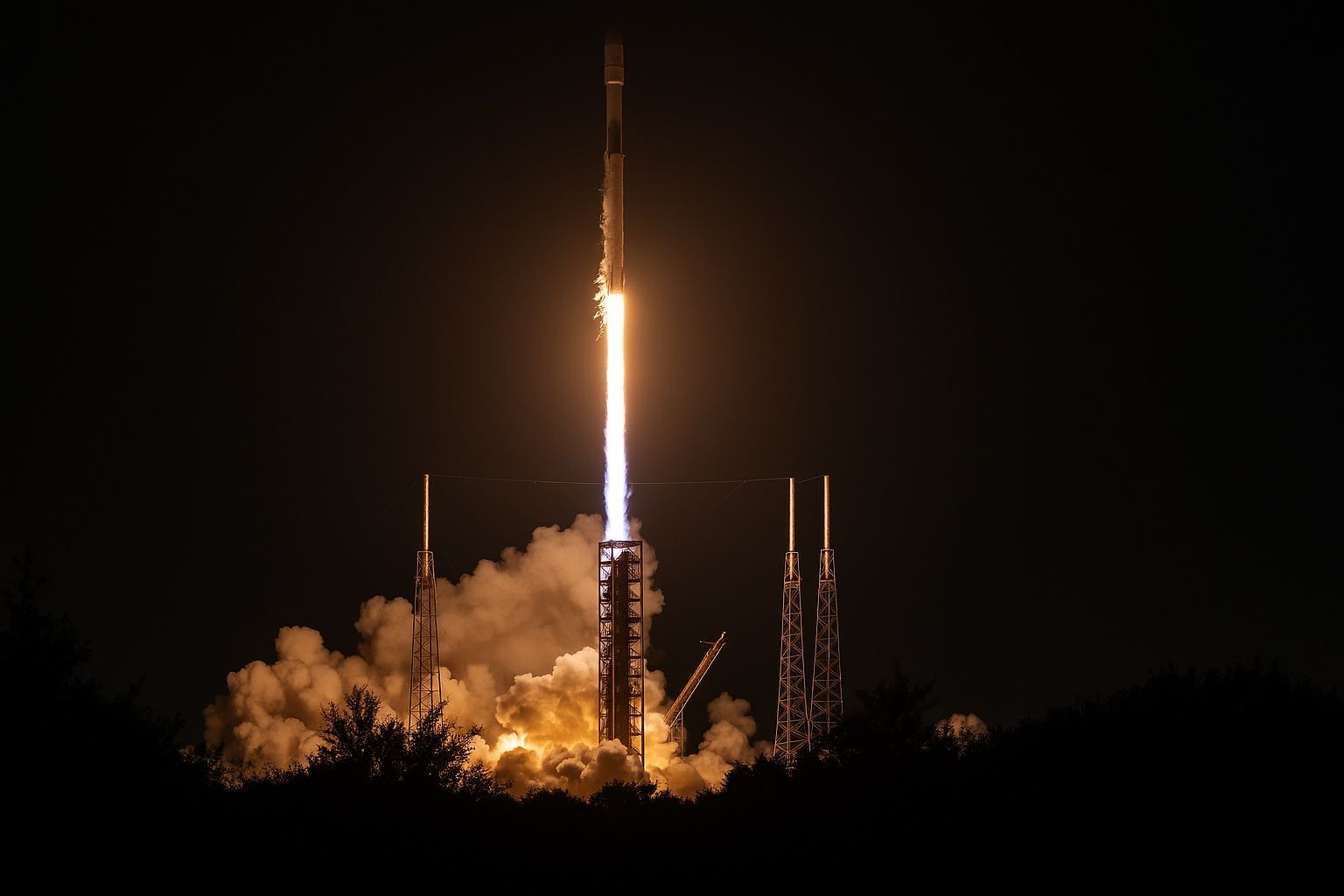
Breaking Space News (Sept 30 – Oct 1, 2025): Record Launches, Bold Contracts, and Stunning Milestones
Key Facts Global Space Agencies: Moon Rockets and Modern Operations NASA (USA) focused on its Artemis lunar program. On Sept. 30, NASA announced that the Orion Stage Adapter (which connects the SLS rocket’s upper stage to Orion) was installed for
